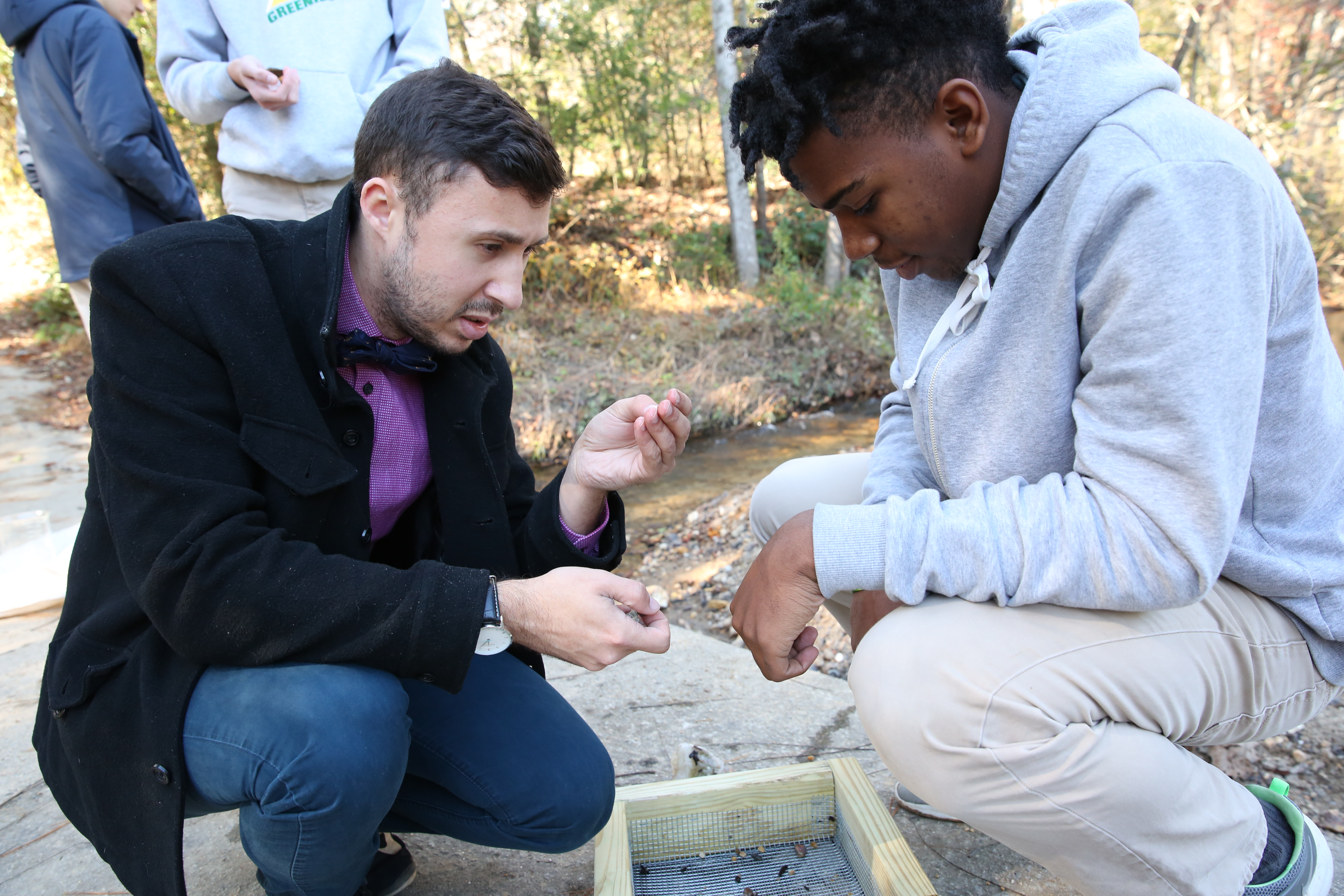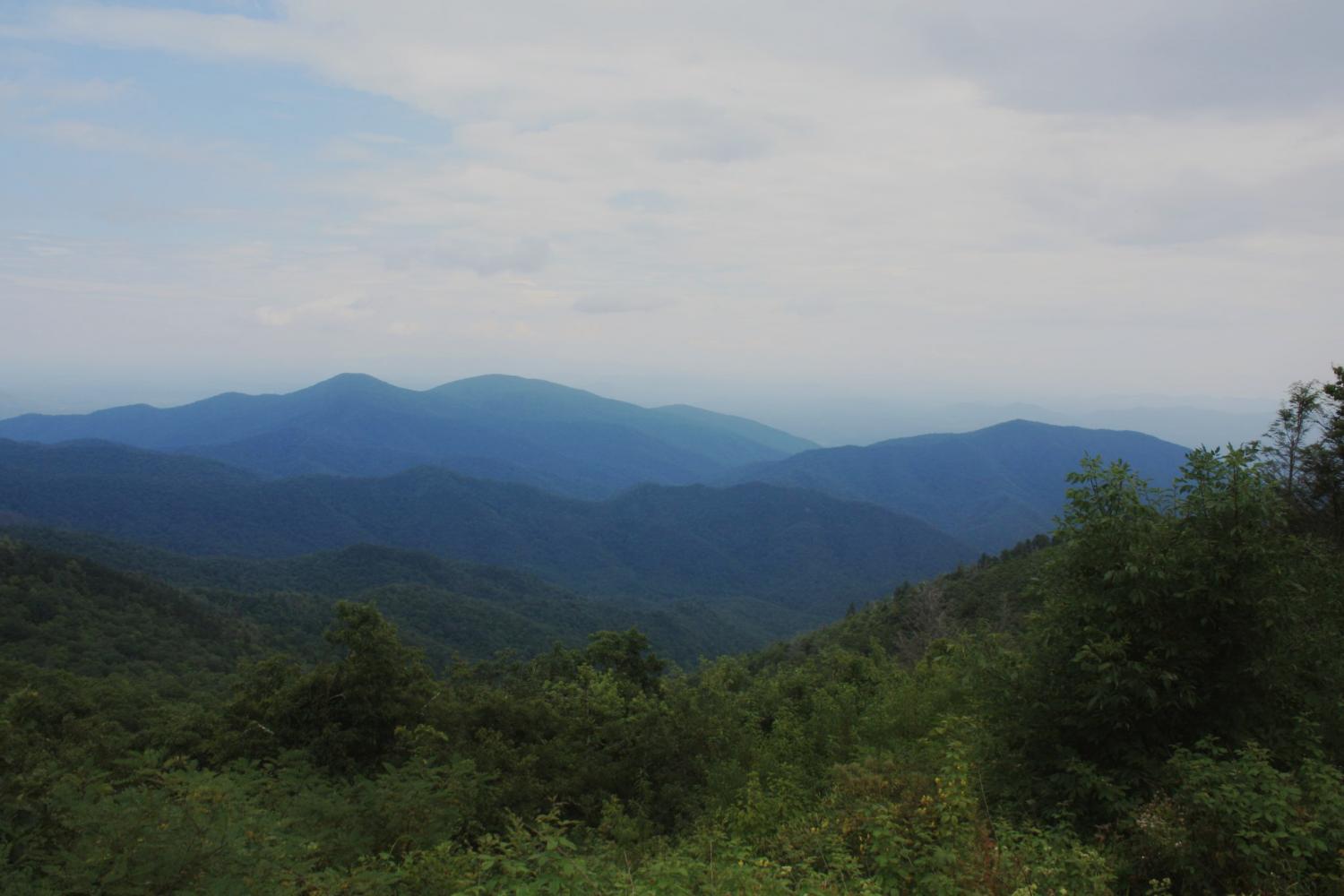Greenies Dig for Gems, Knowledge
Chemistry students go outdoors to study crystals
Jack Mayes '20 looked down at the collection of minerals at his feet Friday morning. The sizes and shapes were as varied as the colors.
"I have no idea what they are yet, but they look cool," Jack said.
First-year teacher Antton Wilbanks succeeded in engaging his Chemistry classes through a Digging for Gems lab.
The students took pre-gathered dirt from a gem mine down to a creek that runs through Christ School. Using sifts, the boys picked out the stones that they wished to keep. Finally, they were asked to identify gems, as well as discuss why the mineral did not dissolve in the water and the coordination numbers of each ion. For bonus points, the Greenies could tell Wilbanks what about the crystal structure affects the hardness.
"I've seen this done before, but never actually gotten to try it until now," Jack said of sifting.
"It's a fun way to learn more about gemstones."
The Greenies found a little bit of everything, even a tiny starfish fossil. There are more than 5,300 known mineral species. A mineral is a naturally-occurring chemical compound, usually of crystalline form, and not produced by the actions of living organisms.
Looking for crystals is not the end of this lesson plan. Wilbanks said his students have an upcoming experiment where they will grow their own alum and chrome alum crystals using a prepared solution.
![]()







